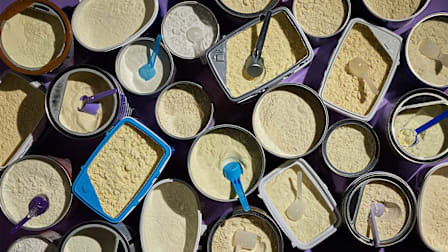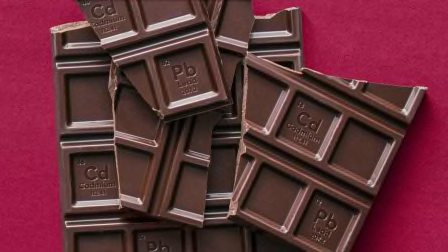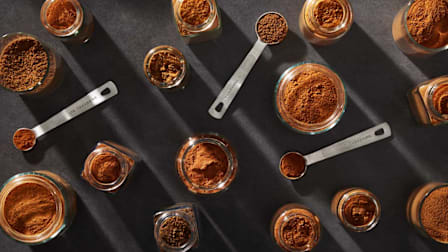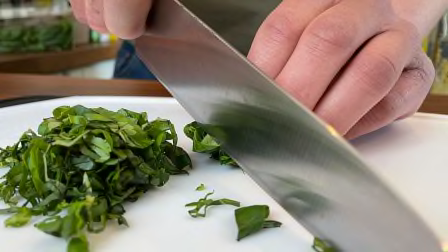The Best Cinnamon for Your Spiced Holiday Drinks
The spice is in everything from eggnog and hot apple cider to coquito and sorrel—but it can be a significant source of lead, CR's tests found. Here are some cinnamons with the lowest levels.
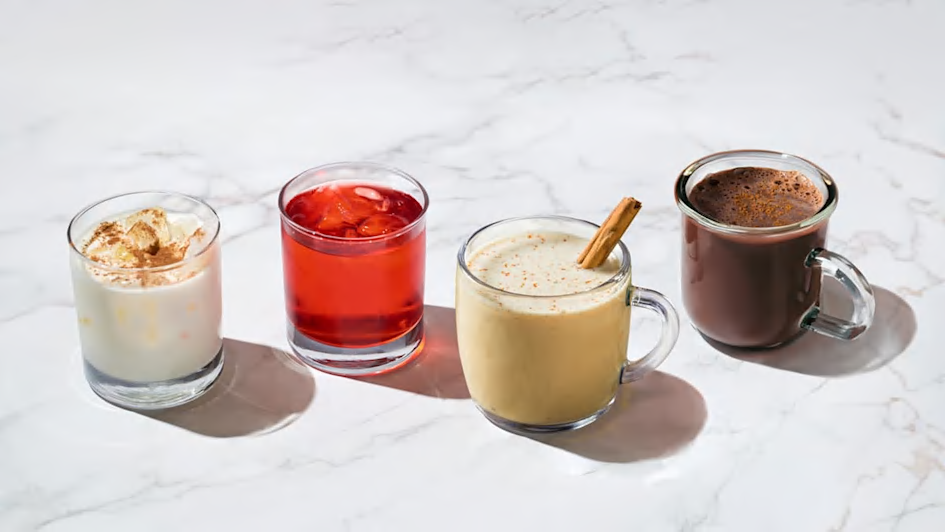
Cinnamon is a staple in many kitchens, especially in the fall and as we roll into the holiday season. It’s not just used in apple pies, cinnamon rolls, and snickerdoodles, though. The sweet spice is an essential ingredient in a wide variety of holiday drinks.
Below are a few you might want to try. But before you do, be aware that it matters which cinnamon you use. Consumer Reports recently tested 36 cinnamon powders and spice blends, and found that a third of them had concerning levels of lead. Fortunately, there were five cinnamon powders, shown in the chart below, with very low lead levels. Any of them would be a safer choice to use this holiday season.
Coquito
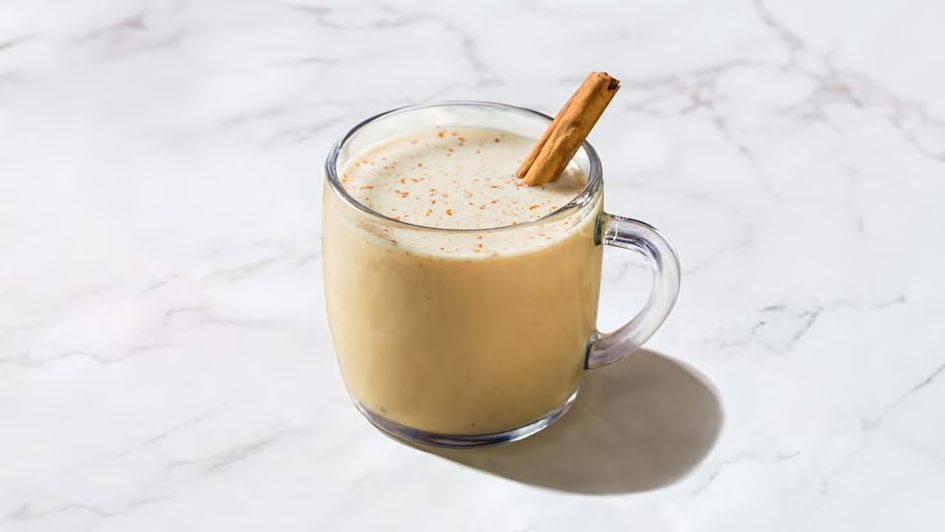
Photo: Consumer Reports, Getty Images Photo: Consumer Reports, Getty Images
Sometimes considered eggnog’s cousin, coquito originated in Puerto Rico. Families tend to have their own special recipes, but there are a few standard ingredients.
“I think the absolute essential ingredients are coconut milk for richness and flavor, vanilla, warm spices—at least cinnamon—and rum,” says Joe Gitter, a cook at America’s Test Kitchen who specializes in cocktail recipes. Other warming spices may include nutmeg, cloves, star anise, or allspice. If you’re going to make an alcoholic version, Glitter recommends Bacardí Reserva Ocho Rum, a Puerto Rican rum, because of its notes of vanilla, toasty oak, and warm baking spices. You can also make a nonalcoholic version with rum extract as an option.
Haitian cremas is similar to coquito but includes Haitian rum, such as Barbancourt, and adds lime juice or lime zest to the mix.
Some recipes call for raw eggs, as you might use when making eggnog from scratch. “I recommend leaving the egg out, but if you want to add it, strongly consider using a liquid pasteurized egg product that comes in a carton,” says James E. Rogers, PhD, CR’s director of food safety research and testing.
In terms of healthfulness, Dalina Soto, RD, also known as Your Latina Nutritionist, says you’re getting carbs, sugar, and alcohol. “Not much nutrition that one would need—but it’s delicious and not everything needs to be healthy,” says Soto, whose family makes coquito every year. “We can enjoy traditional drinks like this as part of our holiday traditions without guilt.”
Baby Food
Cassava-Based Puffs
Cocoa Powder and Other Chocolate Products
Herbs and Spices
Lunchables
Mexican Hot Chocolate
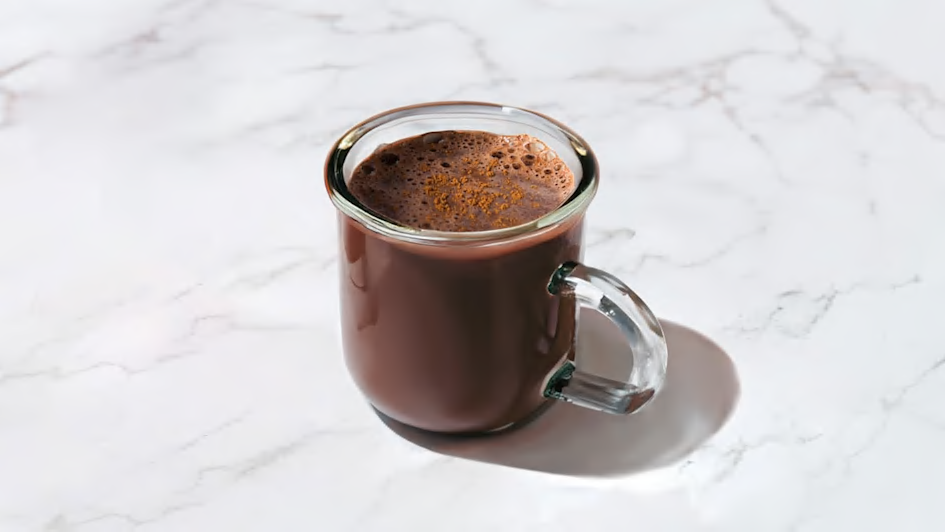
Photo: Consumer Reports Photo: Consumer Reports
Well before chili peppers were added to fancy chocolate bars in the U.S., hot chocolate served with cinnamon and chili powder was a hit with many people of Mexican descent.
You can make your own version, but using a prespiced mix can be easier. In CR’s evaluations of hot chocolate mixes, La Monarca Mexican Hot Chocolate was one of the best-tasting spiced versions, and its cinnamon flavor is especially prominent. (CR didn’t test this product for lead.)
Horchata
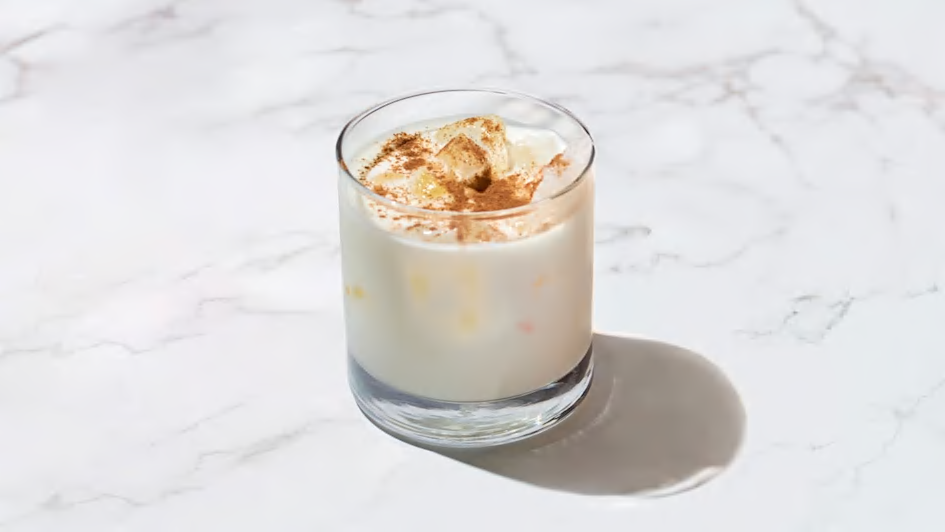
Photo: Consumer Reports, Getty Images Photo: Consumer Reports, Getty Images
An offshoot of Egyptian and Spanish plant-based drinks, the popular Mexican horchata has a base of white rice and nuts (often almonds) soaked in water and then strained.
Cinnamon is the primary spice, and espresso or espresso liqueur and rum are optional. For a creamy texture, some horchata recipes call for milk. Others go a step further and include raw eggs.
It’s fairly simple to prepare, Gitter says. But the rice needs to soak for at least 2 hours, if not a full day, so it has enough time to impart its flavors and starch into the liquid.
Sorrel
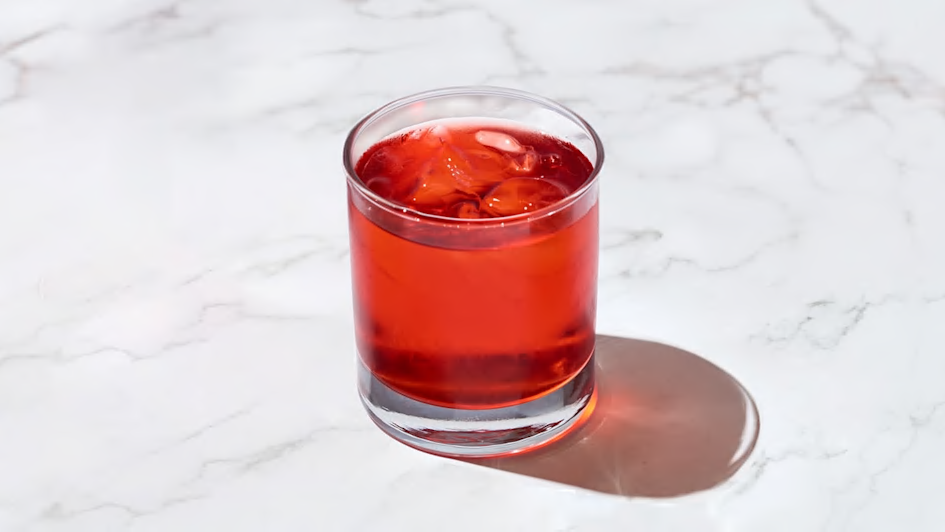
Photo: Consumer Reports, Getty Images Photo: Consumer Reports, Getty Images
This Caribbean drink is made by steeping tart roselle flowers, a species of hibiscus, but it’s more than just hibiscus tea. It’s sweetened with sugar and flavored with cinnamon and other warming spices.
Courtney Pennicooke, a CR market analyst who grew up in Jamaica, says sorrel was a big part of his childhood. “It’s a traditional Christmastime drink in Jamaica, so I was brought up on it,” he says. He recalls making sorrel with his mom using fresh flowers from plants they grew at home, but you can also buy dried ones.
Pennicooke doesn’t use alcohol in his version of the drink, but sorrel can be spiked with Jamaican rum.

















